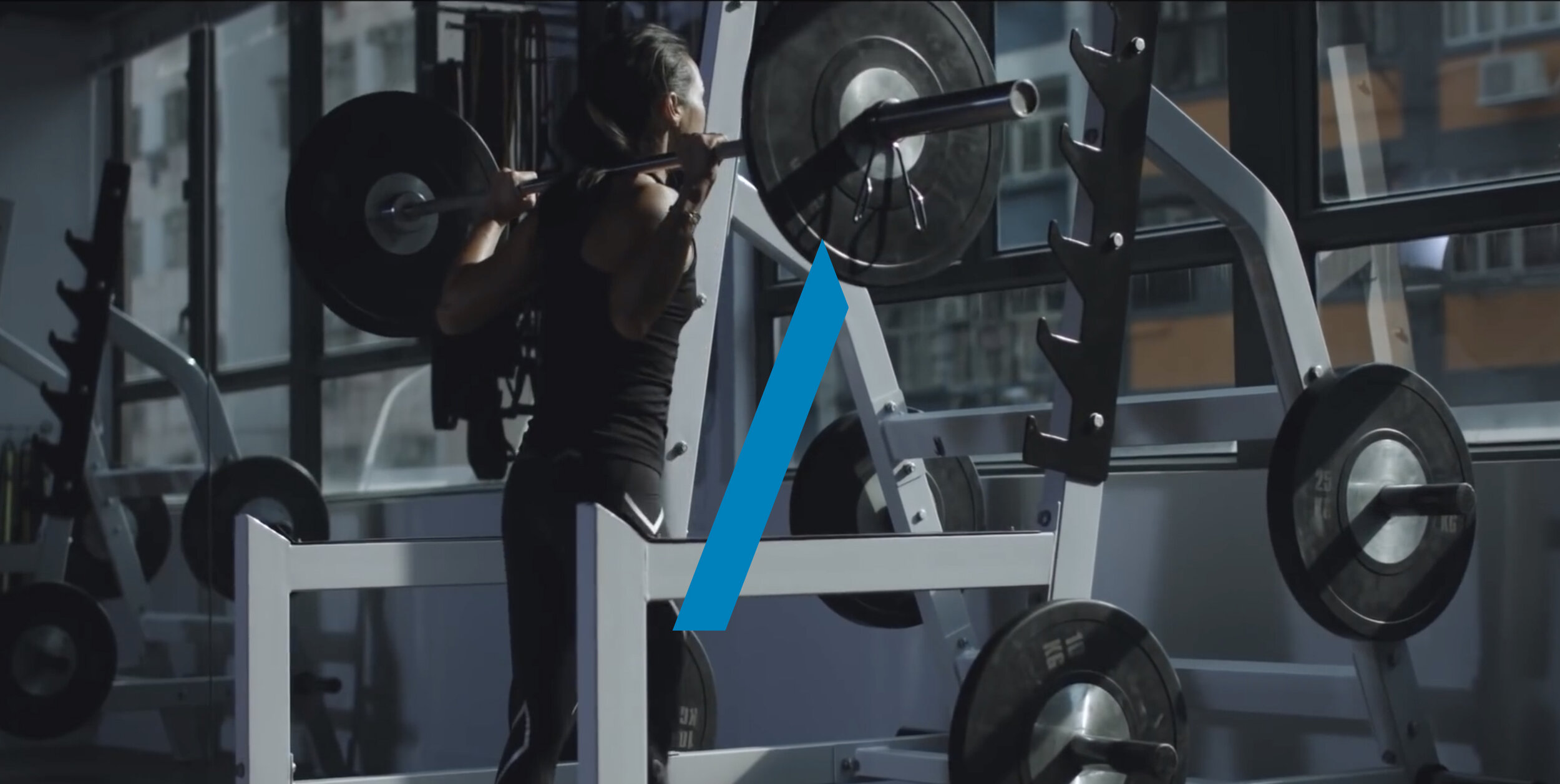Weight belts don’t show strength. They actually say “I’m weak”.
If you need a belt to pick up a bar in a controlled environment, what will you need when you get your bags out of the car…?
Carrying children, stepping over lego, slipping from a curb, sneezing - life is lived in hundreds of shapes, at different speeds, and from morning to night. For 99% of the time it is highly unexpected and chaotic. You rarely foresee the intense pull on the dog lead as a rabbit runs past, anymore than you remember to slowly bend your knees and pick up the tooth brush whilst carefully exhaling on the way down and bracing on the way back up. In my opinion the best exercises are the ones that prepare you for life. Sometimes this includes competitions and high force production (weightlifters, rugby players, name a sport*), but for the most part it includes grandchildren, long periods sitting, and unusually shaped loads.
One of the most ineffective gym tools you can use is a weight belt. Why? Because it is fundamentally a different breathing model to life and you are adapting your body to a weak kinetic chain and breath work whilst protecting ‘your bad back’ when you Deadlift. **Spoiler, if your back hurts enough for you to need a belt to protect it (or wrist straps, or gloves… stop ranting Tom), then you are too weak for the load. Simple.
Donning a belt requires expertise in the Valsalva maneuver to create intra-abdominal pressure during a rep. Put simply, breath and hold to create massive spinal support to maximise force transfer through the body. If your goal is to lift a heavy 1 RM then it has a place. But if your goal is to look strong and impress the gym (second spoiler, no one is actually watching) then you are mistaking noise for substance.
Less than 1% of gym goers compete in force production events but more than 50% of the population report chronic lower back pain. We are enabling the wrong goals.
My hypothesis is that when you strip back the illusionary sex appeal that going to the gym with a belt boasts, the use of anything that de trains every day movement competency is stupid. I do understand that looking good matters (relief for my wife) but I believe that being pain free and capable of a multitude of speeds and shapes is a far better use of time in the gym for most people than fake output. As a coach I cringe over shortcuts and encourage the path of most effective work.
So instead of using a belt to fake your way through a Deadlift, try our tips on bracing feedback to strengthen your vital midline and get cracking with those suitcases up the stairs.





